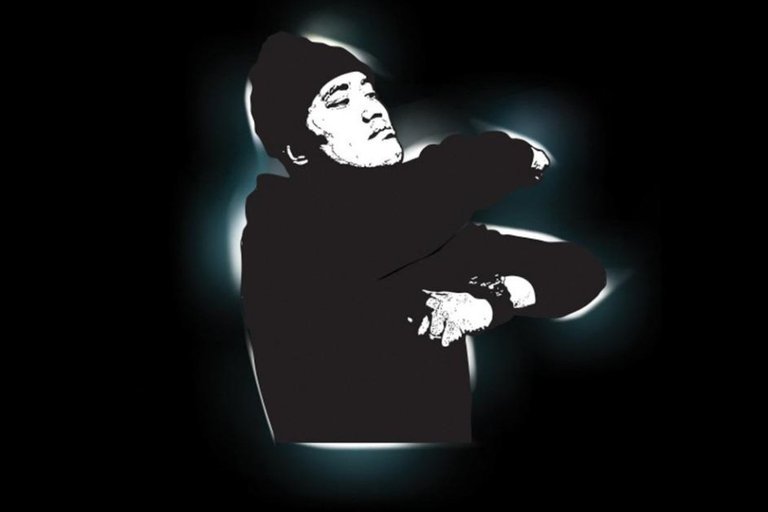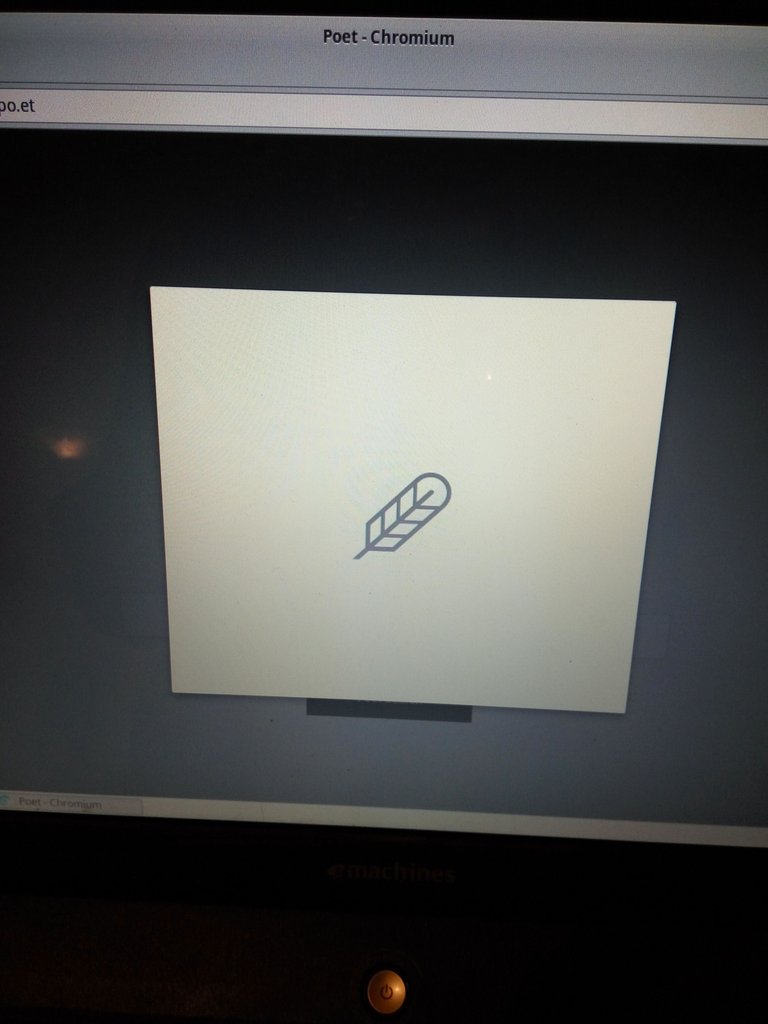Copyrighting was always an issue among artists and musicians. The issue is notably less talked about topic among dancers as they in comparison don't produce content directly. Dancing occurs in real time and if it is not recorded or taken picture of then the fact of its existence and attribution to a particular person is basically 'untrackable' in the 'blockchain' of life. If we talk about street dance and street artists communities (as well as gratify writers' realm) then a self-regulating principle of 'Witnesses with Reputation' applies. This can be described as some hard-to-measure-in-equations process which partly occurs by real interactions at community gatherings and partly via social media. For example: most of the breaking (break dance) community members with reputation of being true to this dance form may share common knowledge of a particular trick belonging to a particular person and even have some sort of idea of time stamping as most of the people may also share knowledge of when and where (not precisely) was a particular trick firstly introduced.
How serious the street community goes about copyright issues can be illustrated in the examples of "byte/bite" (see the picture below) gesture usage among the dancers. The sign is made with elbows and probably imitates a "fish" eating "copyrighted content". This sign is a sort of red flag which dancers may use on events to draw attention of community members and point at a person who is considered to be using "stolen" elements. Probably much tougher conditions may apply when we talk about graffiti subculture where one's artistic work is related to physical and legal dangers.
Why can a move be of such importance that people do care at all? Well, the answer is simple, a good idea which doesn't require physical strength to execute may score on championships as well as on shows and in today's world crowd blow-ups sometimes have cash-equivalent. It is important to mention that ability to produce such an original and spectacular move comes mostly with many years of dance experience. On the other hand younger generation of dancers lacks that deep understanding of moves' varieties and is often accused in plagiarizing dance content. If you are physically fit it's not hard after all to watch a video of a famous dancer and try to repeat his signature moves or if you're smart enough less recognizable moves with blow-up potential.
As the dance community grows it becomes much more harder for the mentioned above principal of Witnesses with Reputation to be applied. This among other reasons may lead to unification of moves' aesthetic of breaking (break dance) which many already state and criticize after the spread of Youtube.
Can Po.et be a tool in hands of street dancers to time-stamp and claim rights for their dance inventions? Even being a blockchain approach enthusiast I would probably answer 'NO'. Firstly because of a really long path of steps in order for a move to be added to a copyrighted block - record, post, describe, po.et. But maybe I am not futuristic enough and an app emerges which does it all in couple of clicks. Dancers who created similar trick separately in different part of the world may claim shared ownership of such an creative asset. Still seems to be a way too complicated process.
However, what about the possible usage of Po.et for content which already has a form of text? Urban and Hip Hop culture communities produce such in huge valuable amounts as well. Street branding (crew names, event names etc), slogans, rhymes, logos, fonts, concepts, designs and so on and so on. Here my answer would be a definitive and optimistic 'Yes'.
Such content creation occurs either independently or through sponsorship of a third party which pays for a task. For instance a barber shop may 'buy' a graffiti font design for their front wall. A priory such work is usually included in the portfolio of the artist and considered to be one of the incentives to do the work alongside with cash revenue. Po.et could be a perfect way to "own one's content" as one of the mottoes on the project's landing page state.
There are many situations where both parties may want to 'sign' a Po.et blockchain contract to specify shares percentage of a particular cultural products. Content creators in this sense may adjust the slider by requiring a bigger salary when they own less rights for the final product and the other way around. Street content costumers' may also benefit from using the platform by investing in potentially profitable digital content asset and owning rights to exclusively use it.
By "Providing an open network in a space that had always been controlled by third parties" Po.et has a potential to find a use-case among street culture content creators as people in them streets don't like going to no notaries and institutions of such kind.
As for now we as dancers of Breakin' Revolution Decentralized Theater Piece found strong interest in researching and testing project's features to copyright our content we create. You can learn more about the up-coming premiere in our other posts on this channel.
We will be happy to see and also share a cup of coffee with all the dear Steem users, friends of decentralization and crypto folk at the premiere on the 19th of October in Stockholm at Färgfabriken (Lövholmsbrinken 1
117 43 Stockholm). The performance starts at 19:30, but we recommend to come in advance to grab the best seats. Entrance free of charge.
https://fargfabriken.se/en/right-now/item/1371-hundred-years-of-russian-revolution-in-art-and-aesthetics-1917-2017!
In the next days prior and post to the performance we will be posting more stories about the show as well as our ideas on possible usage of blockchain based projects for street artists and dancers. Follow to keep in touch.
Breakin' Revolution is currently sponsored and supported by 100 Years of Russian Revolution Conference, Swedish Institute and Nordkonst NGO.
We are looking for future partners and sponsors in the sphere of crypto-currency and blockchain, which we can proudly mention in the handouts of performances and in the video footage of the show on social media. Same applies to donations of any amount. Collected funds will be used for piece's future promotion and development.
Breakin' Revolution piece and all of the related media are created by Nordside crew (St. Petersburg, Russia) and understood as intellectual property.

Bite/Byte (plagiarism) gesture shown by a street dancer. Image taken from Red Bull web site.

Really interesting thoughts! Sometimes I think that the moves copied unintentionally could be also presenting in the breakdence community as one b-boy just got the influence of another more experinced and this is a thin boarder. Anyway interesting to know about block chain technilogy in culture sphere!